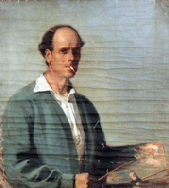
Self-portrait 1925
WG at 72 by Frank Wiles
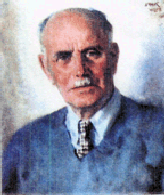
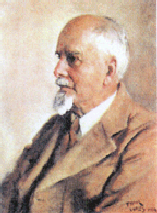
WG at 84 by Frank Wiles
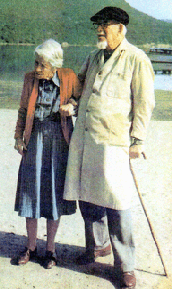
Pauline and WG 1965
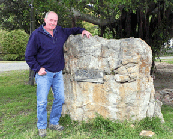
Chris at WG Memorial, Lands End, Knysna


Copyright © Chris J Wiles 2010 - 2014

Self-portrait 1925
WG at 72 by Frank Wiles


WG at 84 by Frank Wiles

Pauline and WG 1965

Chris at WG Memorial, Lands End, Knysna


Copyright © Chris J Wiles 2010 - 2014